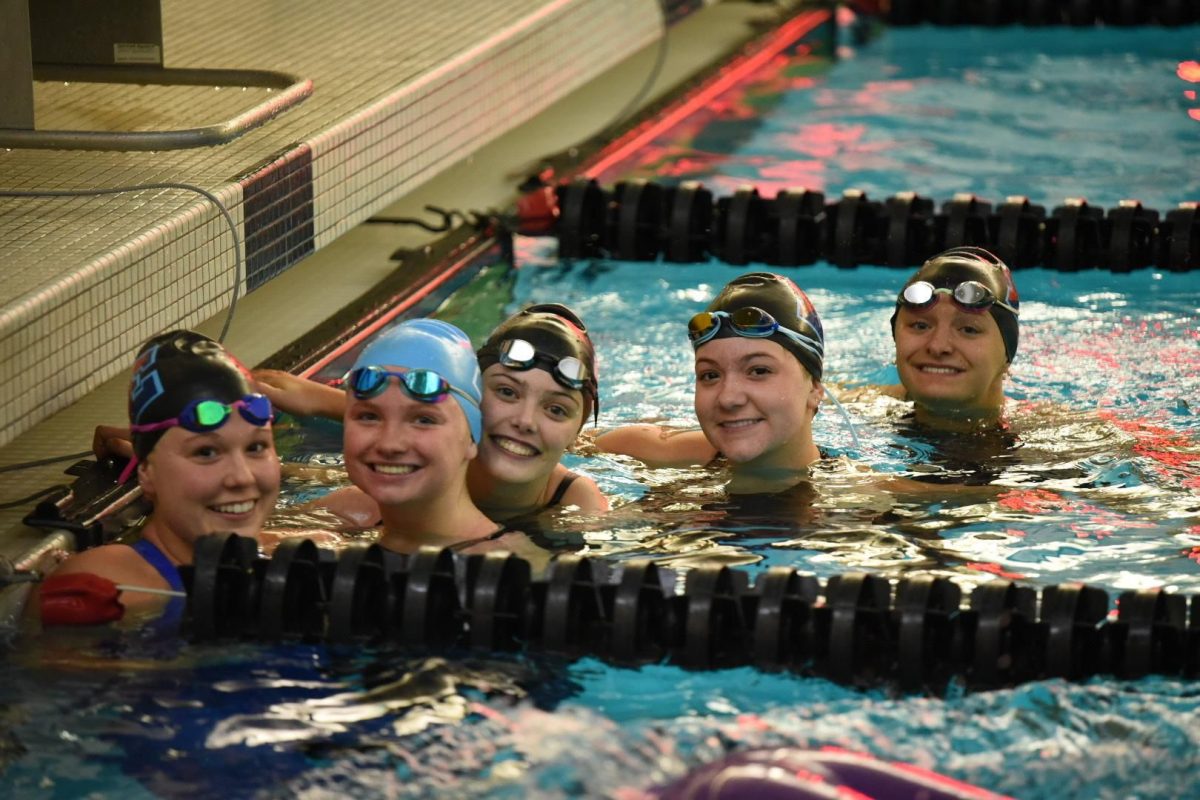The finals at Elkhorn South are approaching fast. With the blink of an eye, we will be sitting in front of a ninety-question multiple choice test with the time ticking by each second. And before we know it, the test is over and it’s winter break!
But before we shove all of our clothes into our suitcase, and take our mind off of the exams, we must simmer down before we can burst out into the holidays. Everyone functions differently, and everyone learns differently. It’s important to recognize our strengths and weaknesses in learning. The main thing to pay attention to is whether you are a visual, listening, or hands-on learner. This does not exclusively mean you can only be one type of learner, whereas I am a combination of all of the three categories.
Pomodoro Method
Pomodoro, which means tomato in Italian, doesn’t really have anything to do with tomatoes. Instead, this study method is based on utilizing time to your benefit. One of the basic methods is to study with no distractions for twenty-five minutes. This means no music, no social media, and no hindrances. The twenty-five minutes are broken apart by five to ten-minute breaks. Longer breaks can be added if you have studied for an extended period of time.
One thing I find helpful with this method is that it is easier to lock in, especially when you realize you can only focus on one thing. I frequently use this technique when I have a test or information to cram. This method is especially useful for students who have ADHD since the work is broken into smaller parts. Thus, being easier to manage.
The Pomodoro method also requires the usage of a timer/clock to keep track of time. I recommend downloading interactive timer apps that can help motivate you.
PQ4R Method
According to Loma Linda University, PQ4R essentially stands for preview, question, read, reflect, recite, and review. PQ4R is occasionally also referred to as SQ3R.
The standard procedure for this method requires you to preview your texts, skimming quickly through titles, pictures, infographics, or anything that sticks out. Loma Linda University recommends looking at captions to get the gist of what the image/chart is talking about. The next step is to question what you have just looked through and make assumptions about what the main points will be. I find this step difficult because textbooks are more factual, and I cannot create questions so easily. (I don’t usually follow this step.)
The first ‘R’, stands for read. While reading, I really recommend stopping all distractions. This means, music, TV shows, or anything else that is preventing you from completing your task. This means no procrastination! Upon finishing your reading, think back about what you have read. Think about the major points that were brought up during the reading. The third ‘R’ requires you to jot down the main points. You can also summarize, but the important part is to write the summaries in your own words. But this also can lead to creative freedom, graphic organizers, doodles, or anything information that can help with your memory. It is said that slowing down your thinking and intentionally writing down information can be beneficial for our minds. The last step of PQ4R is to review. Were there any sections that you were confused about? Did you understand the topics?
Although this method isn’t as helpful for people who are looking for quick studies, it helps you retain information longer as you read your textbooks. The downside of this method is that it takes a little more time and energy to focus on your studies. I also find this method harder for beginners who are looking for new ways to study.
Practice Tests, Quizzing yourself
Practice tests come in handy when you need to study for something short. I mostly use this method when I have a vocab quiz. Practice tests are an effective way to study since you can constantly look back on what you did wrong. If you feel fancy, you can mark your answers wrong with a red pen. This method is not helpful for anyone who is trying to study for something long. It is time-consuming to take a test over and over when the subject is excessive.
What I do is go online and search for practice quizzes or questions that you can take. For vocabulary quizzes, I utilize flashcards to review my terms. Flashcard apps like Quizlet, or physical flashcards are good for practice. Students that are taking a foreign language, you can type the English form of the word on a document, and write down the translation after it is printed out. Overall, I recommend this method to people who want to be more hands-on with their learning.
Review Videos
I recently started using this method for my history and science class. When there is an upcoming test, I hop on to YouTube and watch review videos about the subject that I want clarification on. It’s beneficial to have an extra source to help better understand the complex subject you are studying. For readings, it is always helpful to use summary websites like Schmoop or Sparknotes to recap what you have read. I find this method helpful for visual learners who need to consume the information visually.
Feynman Technique
Developed by Richard Feynman, this technique is effective for learners who want to be hands-on and learn by hearing.
The first step is to acknowledge what concept you are trying to absorb. Knowing what you are not advanced in can help you recognize what you need to (re)learn. The interesting part about this method is that your goal is to try to make this concept simplified enough for a twelve-year-old to understand. This means to take out difficult words that may hinder your understanding, and replace them with common terms. This concept highlights the importance of simplicity in your notes. It’s recommended to read your notes, to see if it’s simplified and easy to comprehend. The next steps will require you to repeat this process over and over until you have mastered the concept you have struggled with previously.
If you have younger siblings, you can pull them along with your studies. I noticed that reading notes out loud can be helpful for understanding. If you have no siblings, it can also be helpful to repeat and review with your friends. I find this method helpful for people who want to review efficiently but still want to cover topics and ideas.
Sources:
https://medicine.llu.edu/academics/resources/pq4r-how-read-book-comprehension
https://fs.blog/feynman-technique/








